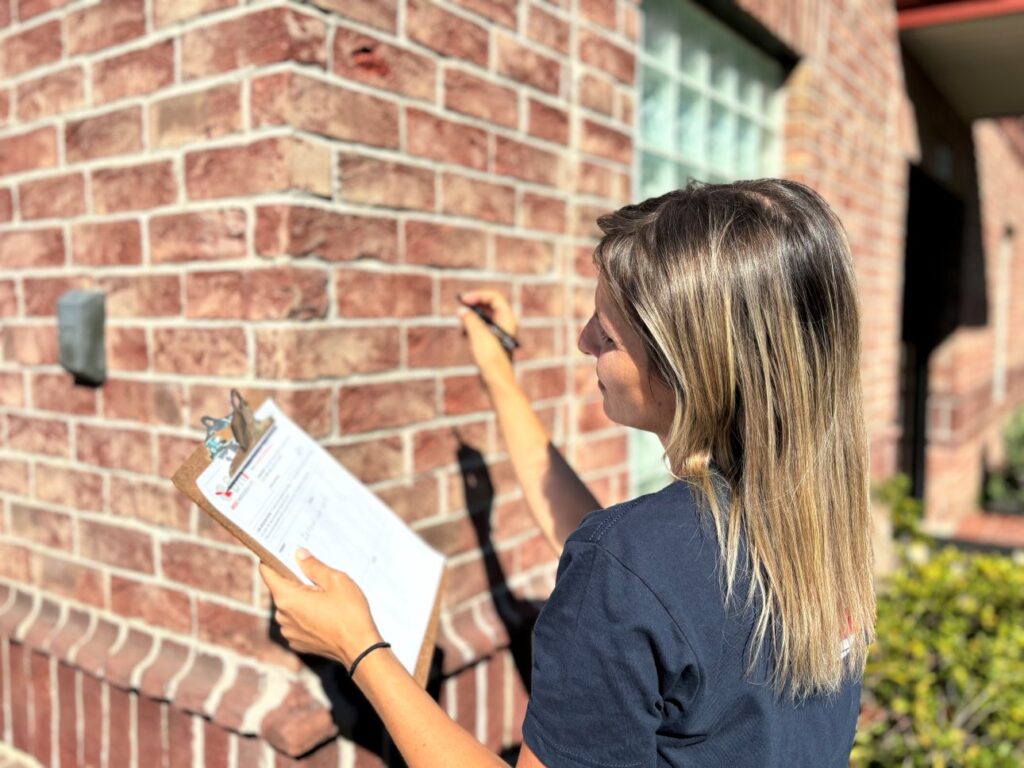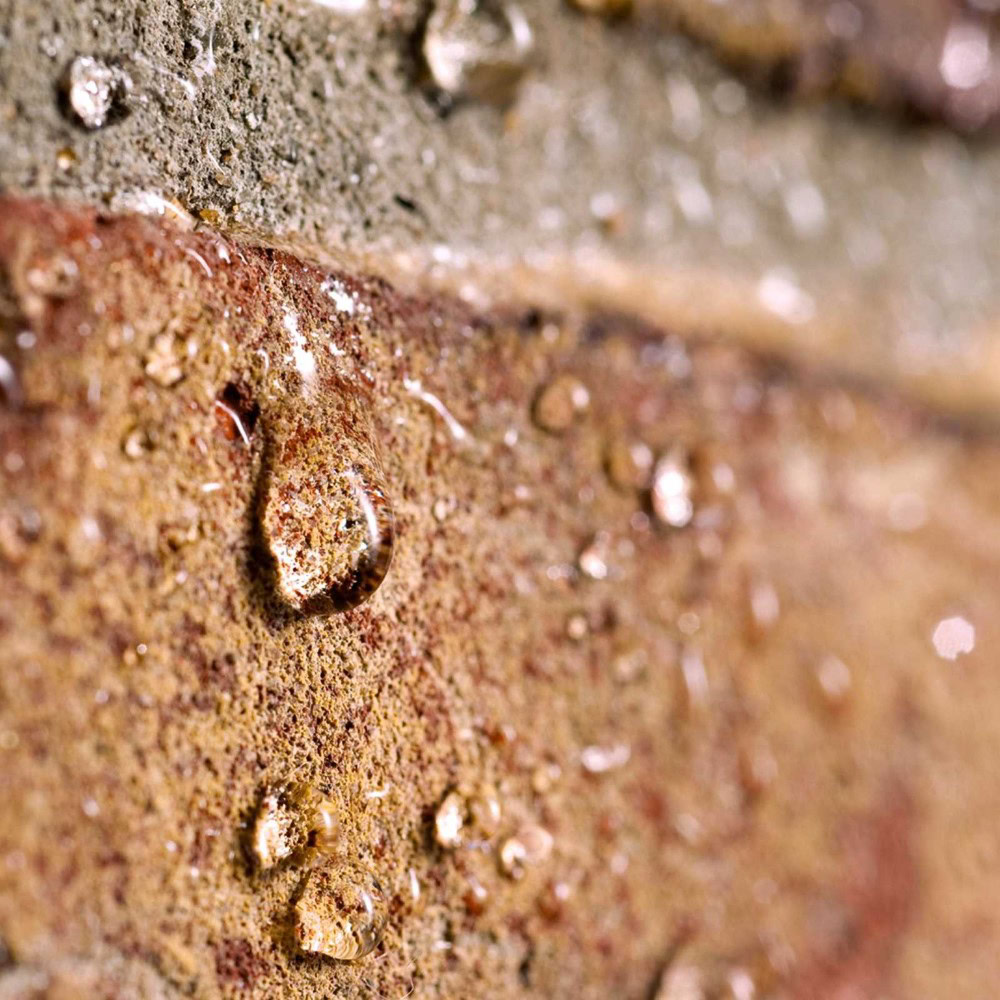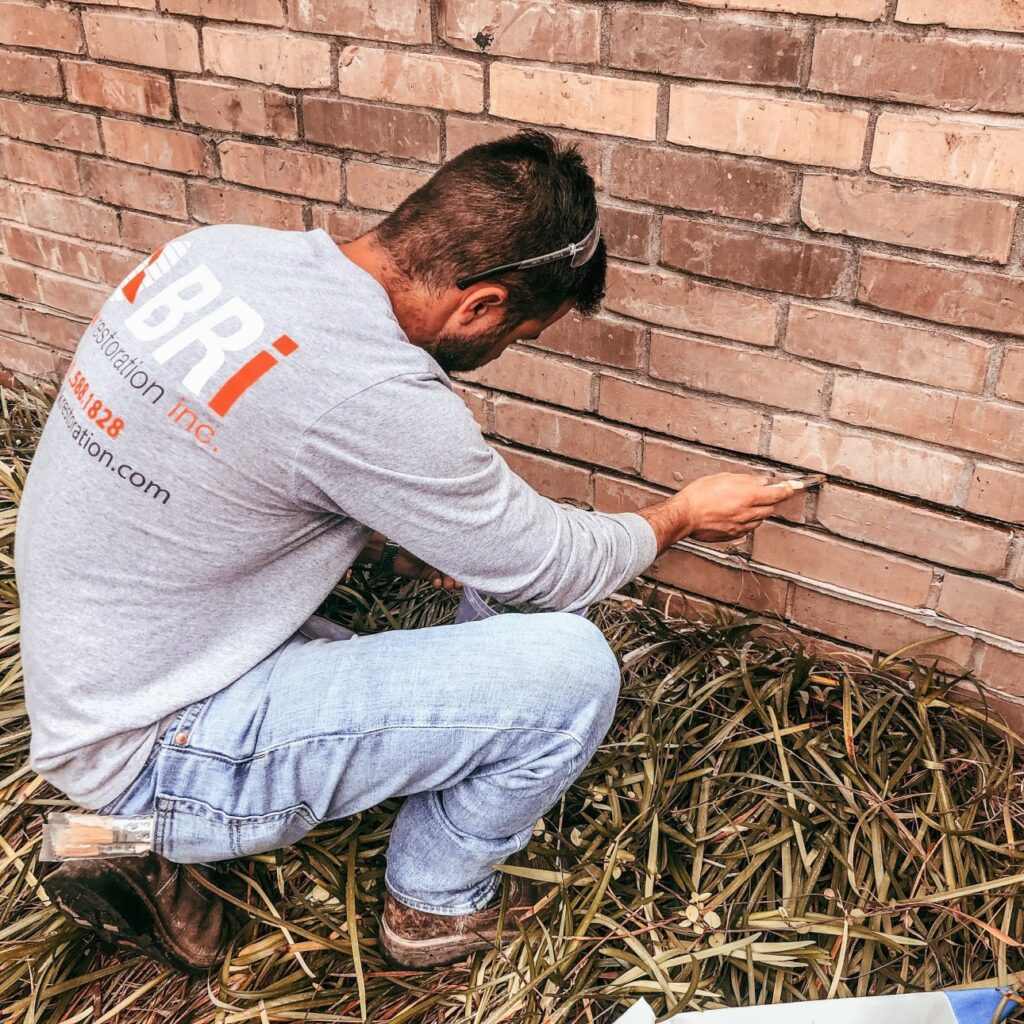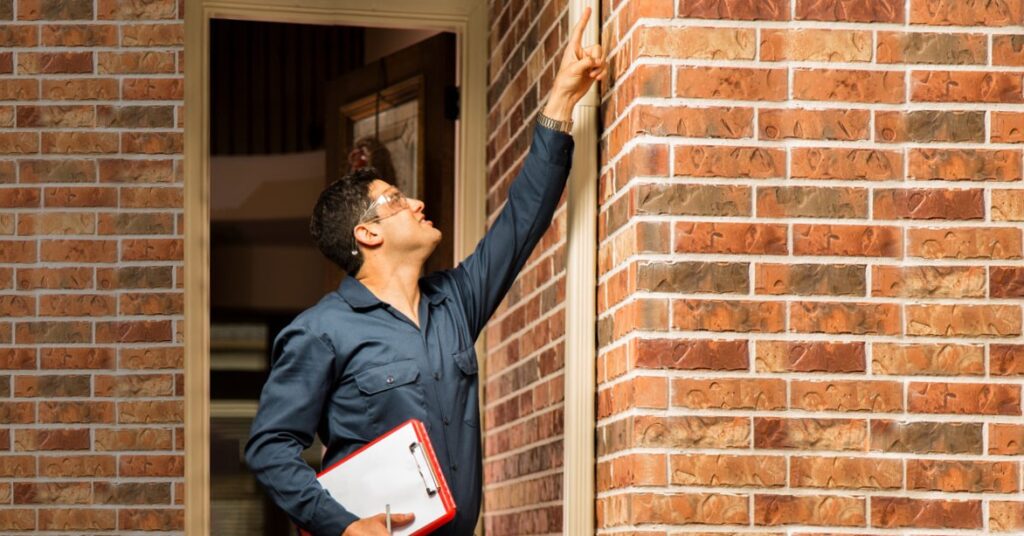Essential Tips for Maintaining Your Brick Masonry
Brick masonry is prized for its durability, aesthetic appeal, and insulation. With proper care, brick structures can last centuries, as evidenced by some of the oldest brick homes still standing. But while resilient, brick masonry still requires maintenance to ensure long-term structural integrity. Regular upkeep not only preserves its beauty but also helps prevent costly repairs down the road.
Here are some essential maintenance steps to help your brick home stand the test of time.
1. Conduct an Annual Inspection

To prevent major damage, inspect your brick exterior annually for any signs of wear or damage. Early detection is key to avoiding costly repairs. Look for cracks, efflorescence (a white, powdery substance), rust stains, bulges, or flaking (spalling). Damaged mortar can allow water seepage, which can lead to structural issues.
To check, hose down the bricks; crumbling mortar could indicate the need for repair. If you spot concerning signs, arrange for repairs promptly.
2. Seal Your Brickwork

Moisture is a major threat to brick masonry, especially during winter when freezing can expand cracks. Sealing your brick provides a protective barrier against water infiltration, staining, and UV damage. Many homeowners choose to have their brick professionally sealed to ensure proper application, though DIY options are available at local hardware stores.
Just remember to clean the surface thoroughly before applying any sealant.
3. Keep Weep Holes Clear

Weep holes in brick walls help with moisture drainage and airflow, preventing mold and mildew growth. Over time, these can become clogged, leading to water retention. Regularly inspect and clean out any blockages using compressed air or a wire.
Test the flow by running water through the holes; if it doesn’t flow freely, there may be additional debris that needs clearing.
4. Use Mild Detergents for Cleaning
Brickwork can accumulate dirt and stains over time. While brick is easy to clean, harsh chemicals can damage its natural look. Use a mild detergent and a synthetic or natural brush for scrubbing. Avoid wire brushes, as these can leave steel fragments that may rust and stain the brick. Aim to clean your masonry once a year or as needed, especially if efflorescence or discoloration appears.
5. Prevent Mold and Mildew

Brick areas that get little sunlight or are near vegetation can develop moss, mold, or mildew, which trap moisture and can lead to further issues. A bleach solution (1 cup of bleach to 1 gallon of water) can effectively clean these areas.
First, soak the bricks in water to prevent bleach absorption, then scrub with the solution until clean.
6. When in Doubt, Consult a Professional
Sometimes, damage may be too extensive to handle alone. If your bricks are bulging, crumbling, or have significant cracking, it’s wise to bring in an experienced mason. Professionals can assess the damage and develop a restoration plan, ensuring your brickwork remains strong and beautiful.
